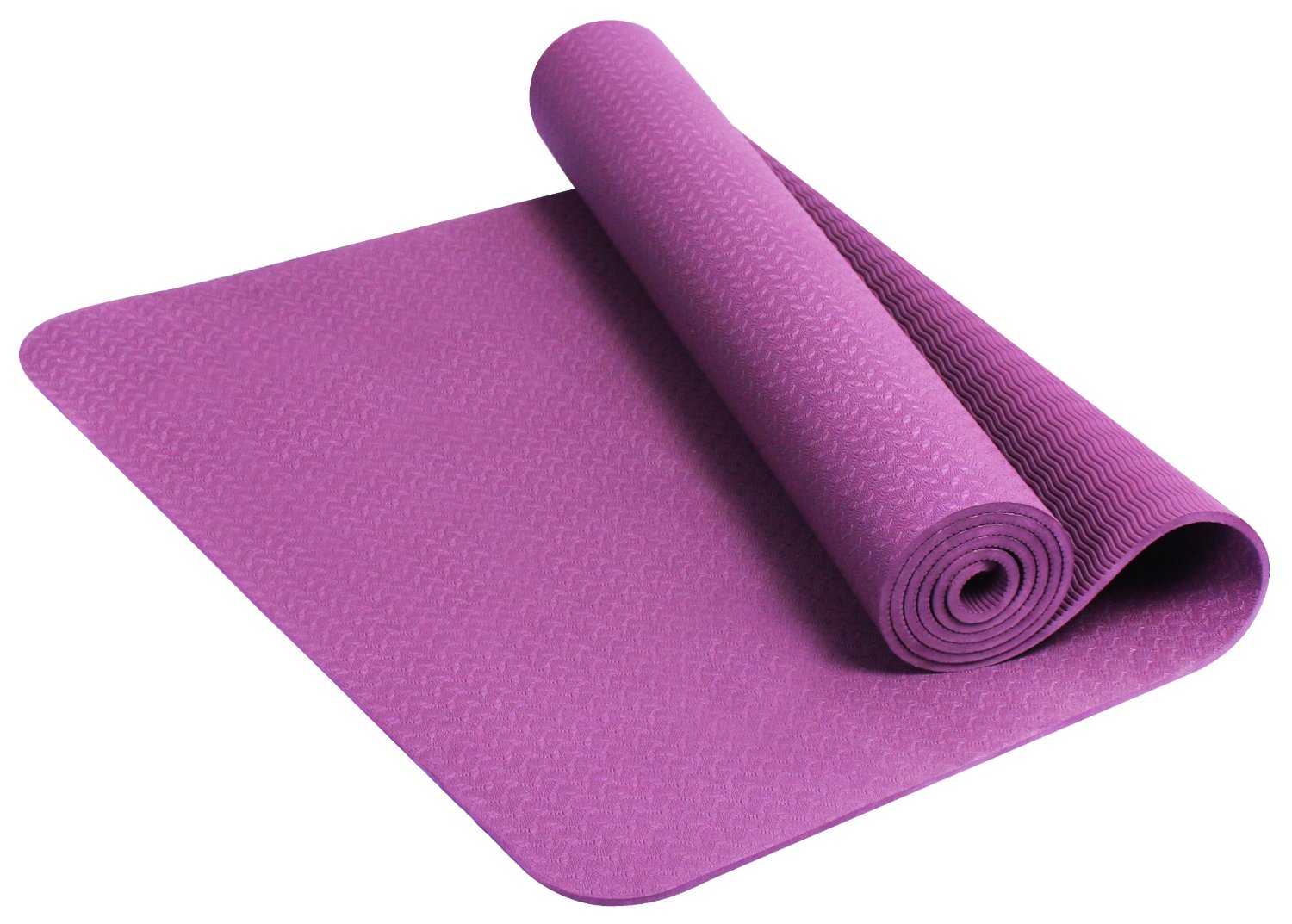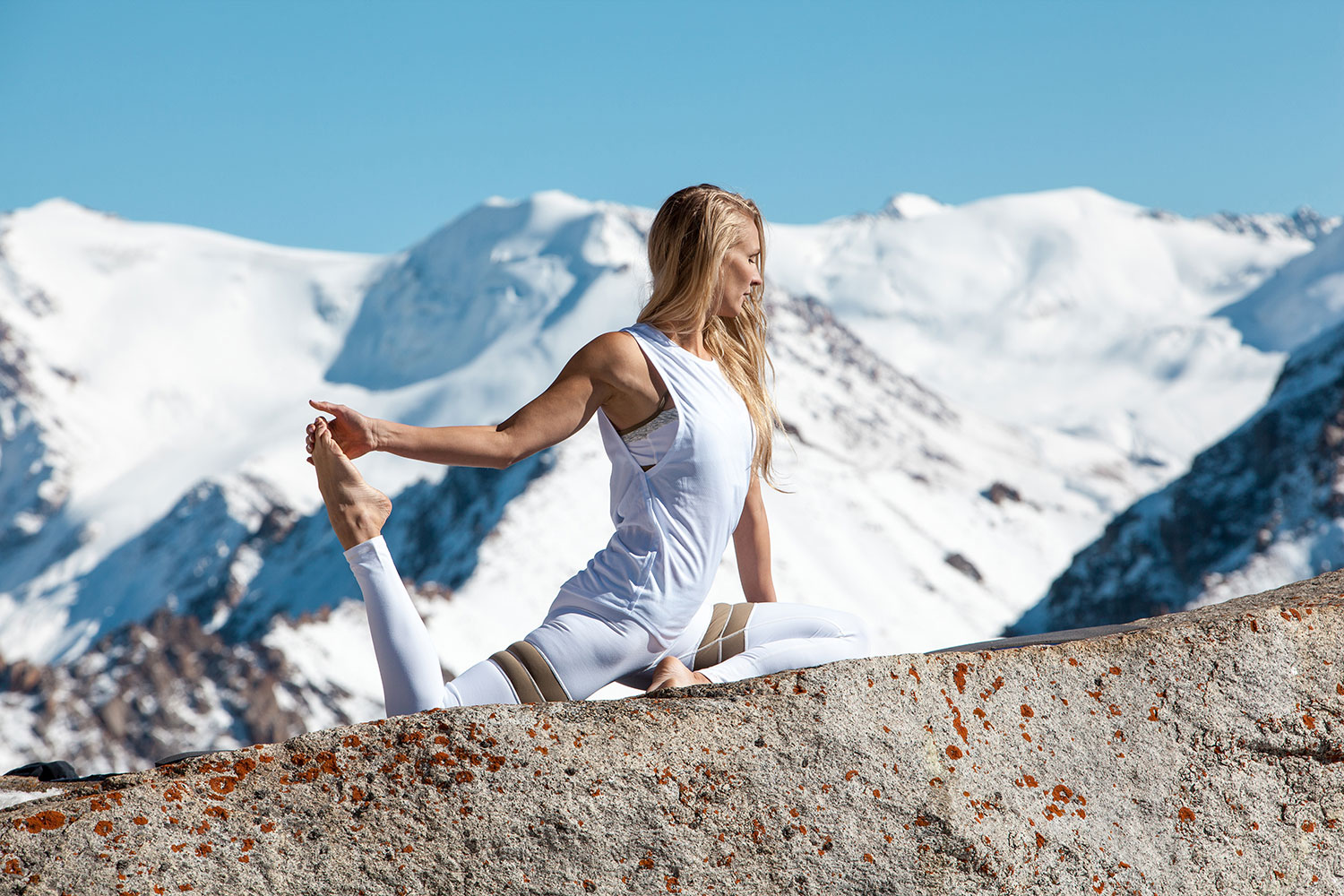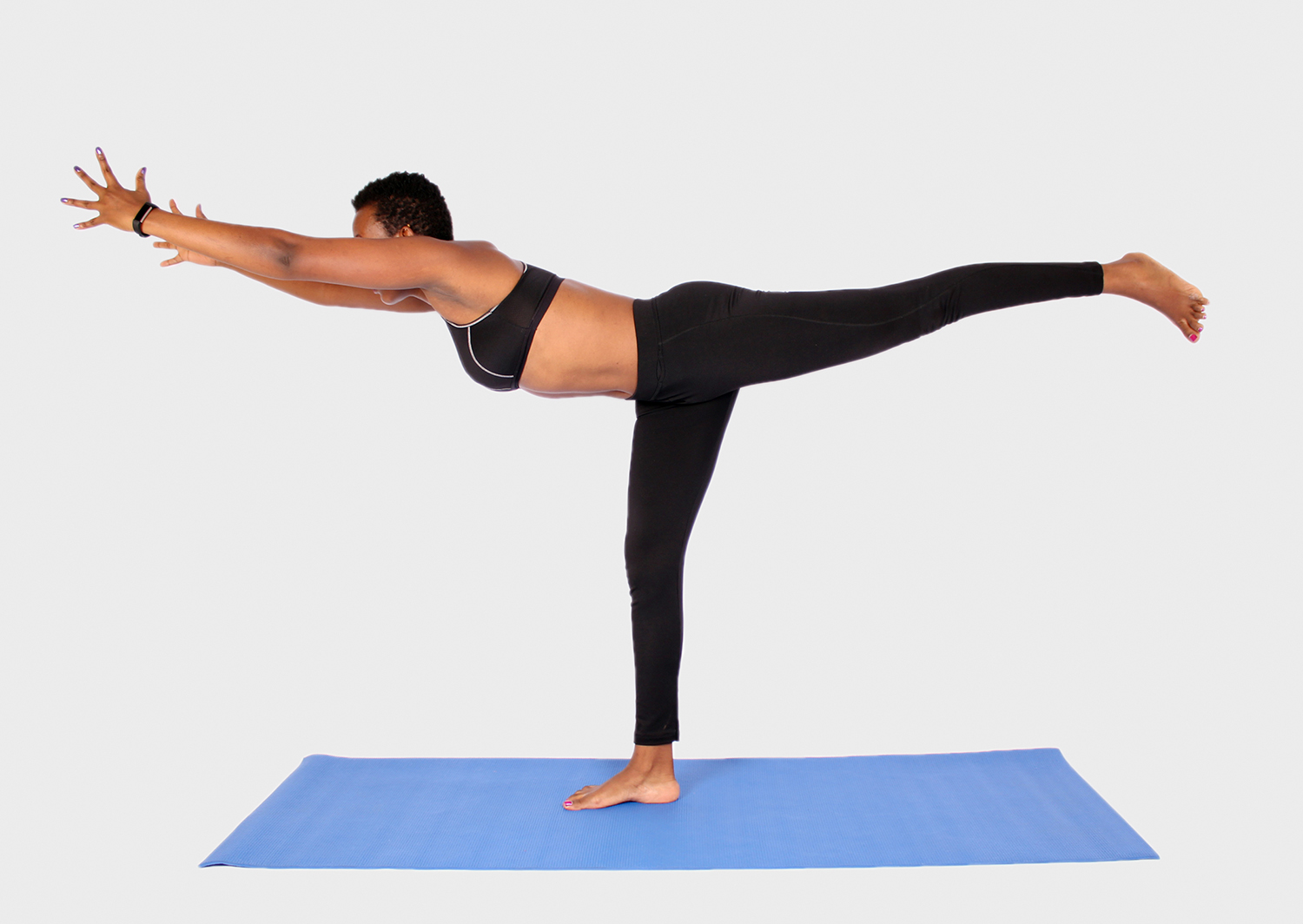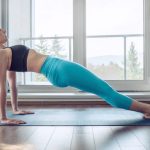Yoga mats provide a nice padded surface for yoga, but are they absolutely necessary? Can you practice yoga without one? The short answer is yes – you can enjoy yoga’s benefits no matter what surface you’re on. However, there are pros and cons to forgoing a mat. Read on to learn when it’s fine to skip the mat and useful tips for mat-free yoga.
The Purpose of Yoga Mats
First, why do yogis traditionally use mats? Some key reasons include:
- Cushioning and Support – Mats pad bony areas and joints.
- Traction – The grippy surface prevents hands and feet from sliding.
- Comfort – Mats feel better on bare skin than rough floors.
- Cleanliness – A personal mat creates a clean space.
- Portability – Mats are easy to travel with to classes or outdoor yoga.
- Stability – Mats don’t shift like towels or blankets can.
So mats make practice more comfortable and convenient. But are they required for reaping yoga’s benefits?

Times When Mats Are Optional
Mats are useful yoga accessories but not 100% necessary in all circumstances:
Home Practice : At home you have options like practicing on: carpets, towels, blankets, a soft grassy lawn, etc.
Gentle, Slower Yoga : For relaxing floor stretches, restorative or yin yoga, mats are less critical.
Outdoor Yoga : Natural surfaces like sand or dirt allow for grounding barefoot poses.

Traveling Light : When traveling or without space for a mat, you can still fit in yoga anywhere.
Budget Constraints : If you can’t afford a mat, don’t let that stop you from practicing yoga.
For lower intensity routines in safe spaces, yoga without a mat is very doable.
Challenges of Practicing Without a Mat
However, you may encounter drawbacks when giving up your mat:
Slippery Surfaces : It’s harder to grip the floor in poses like planks, downward dog and balances.
Discomfort : Without padding, bones and joints press uncomfortably into hard surfaces.
Hygiene Concerns : Sharing studio space and props without a personal mat spreads germs.

Instability : Rugs and towels bunch up and slide around, compromising balance poses.
Skin Irritation : Friction from carpet fibers on bare skin can cause rug burn.
Difficulty Focusing : Discomfort can distract from presence, breathwork, and technique.
So mat-free practice comes with challenges. Use caution and adjust accordingly.
Tips for Mat-Free Yoga
If you forgo a yoga mat, optimize the experience with these tips:
- Fold blankets for padding in standing and seated poses.
- Step on edges of blankets to prevent sliding in lunges and warriors.
- Avoid direct skin contact with abrasive textures like concrete.
- Modify to be gentler on wrists and knees if needed.
- Focus on swaying, stretching and balancing over high intensity flows.
- Keep practitioners spaced safely apart if sharing a communal surface.
- Listen to your body and don’t contort it without supportive props.

Consider Yoga Mat Alternatives
If you practice regularly at home without a mat, some suitable substitutes include:
- Foldable exercise mats for portable cushioning
- Yoga socks with silicone grips on soles
- Dense rubber stall mats to create a grippy surface
- Extra cushy rugs for padding sensitive joints
- Targeted props like knee pads and wrist supports
Look for alternatives offering the specific functions you need for safe, comfortable mat-free yoga.
Conclusion
At the end of the day, your mindset and intention matters far more than what surface you’re on. While yoga mats are helpful tools, you can certainly reap benefits from a mindful practice no matter where you are. Experiment with mat-free yoga using conscious modifications. But consider investing in a quality mat if you intend to progress in more athletic or gravity-defying postures.


